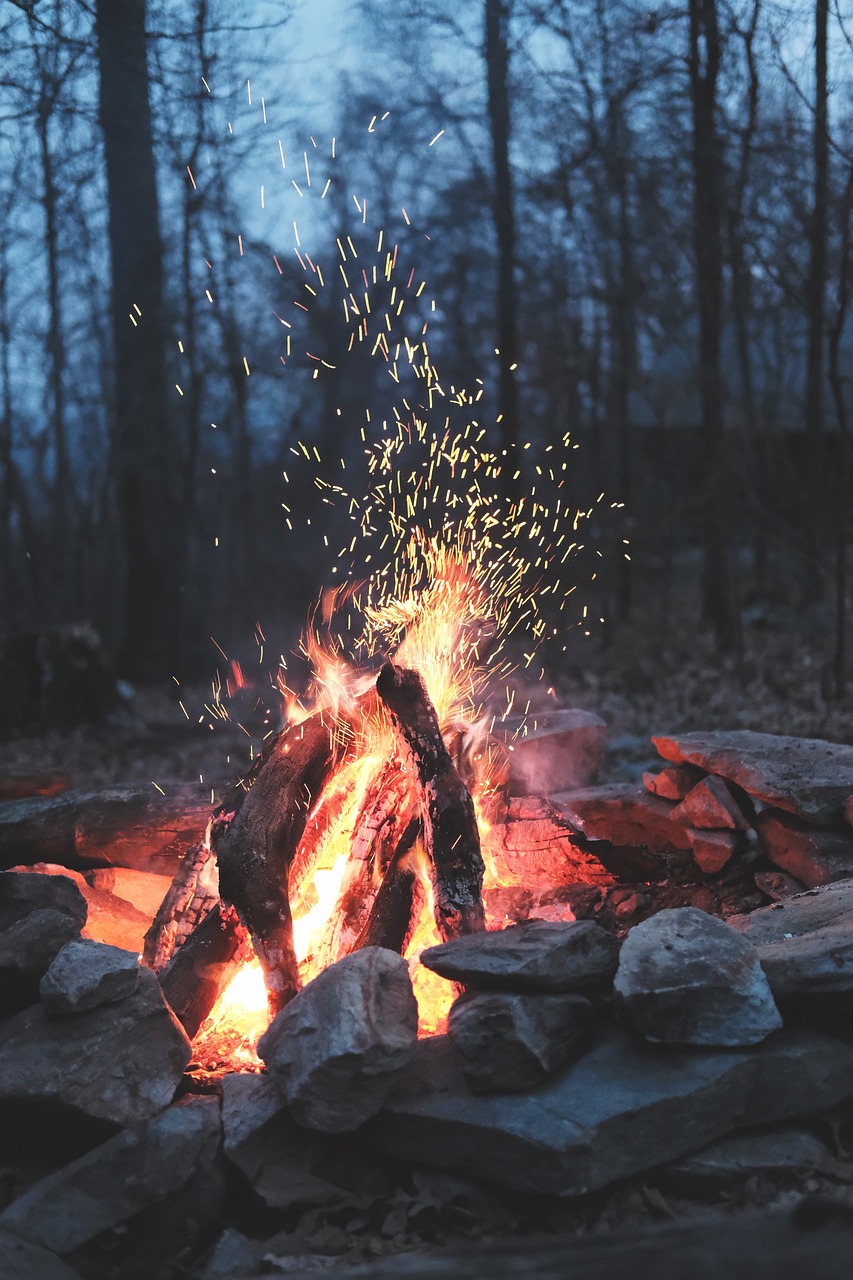Who We Are?
About Us

Historically, Europeans commonly referred to the Dane-zaa as the Beaver tribe. The term Dunne-za has been translated to mean “Those who live among the beavers.” The spelling Dane-zaa is specifically employed to denote “the Real People” and is endorsed by the Dane-zaa Language Authority. Various tribes and First Nations utilize different spellings; for instance, the Doig River First Nation (DRFN) and Halfway River First Nation (HRFN) use Dane-Zaa, Prophet River First Nation (PRFN) uses Dene Tsaa, and the West Moberly First Nations (WMFNs) use Dunne-za or Dunne Za. In citations, alternative spellings like Dunne-Za (e.g., Ridington 1988) are retained and considered synonymous with Dane-zaa.
The traditional English term “Beaver” originates from translations used by different tribes. The Dakelh referred to them as Tsattine / Tsat’en and the Plains Cree referred to them as Amiskiwiyiniw, both translating to “Those who live among the beaver” or “Beaver People.” In French, they are recognized as the Gens de Castor, signifying “People of the Beaver.”

Our Historical Journey
During the late 18th century, European Canadians initiated fur trading in the Peace River area. Renowned Scottish Canadian explorer Alexander Mackenzie established Rocky Mountain Fort at the mouth of the Moberly River in 1794.
According to Dane-zaa oral history, the Peace River earned its name from the resolution of a conflict between the Dane-zaa and the Cree. The Cree, residing traditionally south and east of the Upper Peace River region, possessed firearms due to their trade with settlers. This pushed the Dane-zaa northwest in the late 18th century. A peace treaty, negotiated in the late 1700s or early 1800s, designated that the Cree would live south of the Peace River, while the Dane-zaa would reside to the north. The Peace River, both before and after its renaming, served as a boundary zone where different groups met for trade, celebrations, and dispute resolution.
A post journal from 1799–1800 mentions individuals trading at the post who are identified as ancestors of present members of the former Fort St John Band, now the Doig River and Blueberry River First Nations. Oral history from Doig confirms that the ancestors of contemporary Dane-zaa families were in the upper Peace River area before the arrival of Alexander Mackenzie in 1793. Traders, relying on provisions from the Dane-zaa, particularly bison meat and grease obtained through hunting on the abundant prairies of the upper Peace River area, sustained their expeditions. However, by the time the Hudson’s Bay Company took over the Northwest Company in 1823, bison had become scarce.
The Dane-zaa community has traditionally followed the teachings and songs of Dreamers, who foresaw the arrival of Europeans. The last Dreamer, Charlie Yahey, passed away in 1976.
In 1900, the Dane-zaa of Fort St John adhered to Treaty 8. Today, they maintain a resilient cultural and economic presence in the North Peace area.
Our Linguistic Heritage
The Dane-zaa language, known as Dane-zaa Ẕáágéʔ (pronounced ᑕᓀᖚ ᖚᗀᐥ), formally recognized as Beaver, represents an Athabascan language originating in western Canada. Translating to “people-regular language,” this language is spoken by approximately one-tenth of the Dane-zaa people.
Beaver is closely affiliated with languages spoken by neighboring Athabaskan groups, including Slavey, Sekani, Tsuu T’ina, Chipewyan, and Kaska.
The Dane-zaa language encompasses two main dialect groups. Dialects that develop high tone from stem-final glottalic consonants are referred to as high-marked, while those that develop low-tone are designated low-marked.
Although English has become the primary language for the majority of Dane-zaa children and many adults in the Dane-zaa communities, the Dane-zaa language was predominant until the 1950s when grandparents and parents began sending their children to school. English only attained dominance in the 1980s. As an orally based language, Dane-zaa faces increasing endangerment with the passing of fluent speakers. The 1918 Spanish flu epidemic significantly contributed to language loss by decimating the Dane-zaa population, affecting hunters, mothers, and the older generation. The recovery from this loss took several generations, and the epidemic played a role in the decline of the language as fluency primarily resided in the older generation.
The loss of Suu Na Chii Kʼchinge, the traditional meeting place for the Dane-zaa, coupled with the impact of residential schools, further accelerated the decline of the language. The construction of schools on reserves, coupled with the isolation and the prohibition of teachers to address the poverty and realities of colonial violence, contributed to the diminishing use of the Dane-zaa language.

